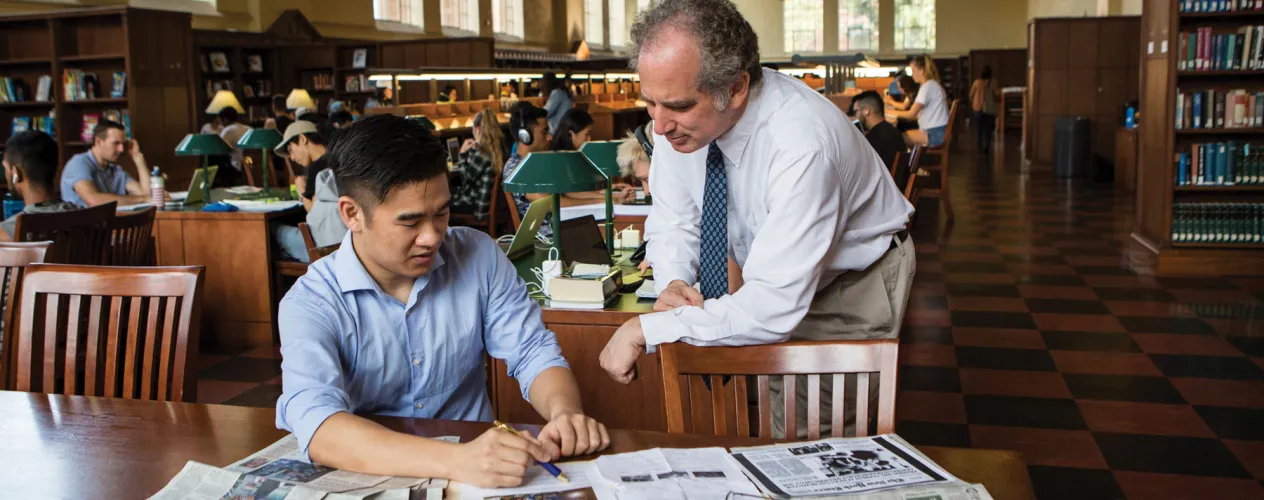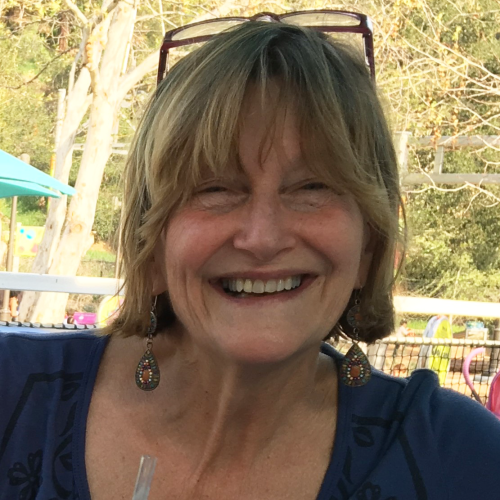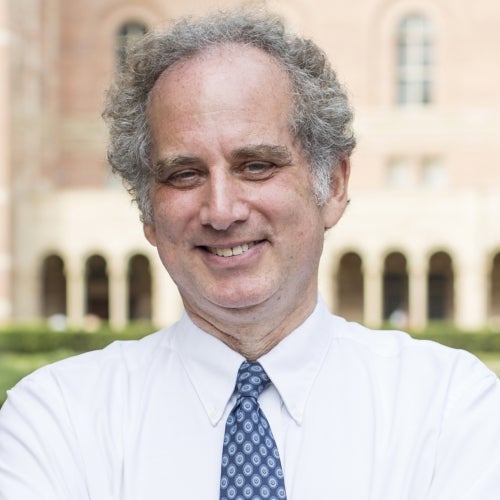Counting on Improved Coverage
As part of his doctoral training, biostatistics student Jay Xu is studying how media narratives evolve following mass shootings, in an effort to inform guidelines.

OF THE 30 DEADLIEST MASS SHOOTINGS in the U.S. since 1949, the majority have occurred in the last decade. The horrific scenes are etched in our national psyche — from an elementary school in Newtown, Connecticut, a high school in Parkland, Florida, a church in Charleston, South Carolina, an outdoor concert in Las Vegas, and a nightclub in Orlando, Florida, among others.
Research suggests that how mass shootings are covered can have public health implications.
Jay Xu, a second-year PhD student in the Fielding School’s Department of Biostatistics, is part of a large research collaboration aiming to better understand how media narratives evolve following these mass shootings, and how they differ across events. The study — which also includes Xu’s PhD adviser, Dr. Thomas Belin, FSPH professor of biostatistics, and Dr. Deborah Glik, FSPH professor of community health sciences, along with researchers at the UCLA-Duke University National Center for Child Traumatic Stress and others — seeks to provide evidence that could shape best-practices guidelines for media coverage of mass shootings.
“Research suggests that how mass shootings are covered can have public health implications,” Xu notes. “There are concerns about humanizing attackers and giving them the fame they seek, as well as the potential for encouraging copycat shooters. Studies also show negative mental health impacts on people who are exposed to all of these violent images.”
Xu and other members of the research team are developing a prediction model that would enable them to automate the coding process for large databases of media articles reporting on mass shooting events. They are also developing statistical methods to compare the coding profiles across events during the same time frame, and across different time periods within the same event.
The training Xu has received as part of the collaboration has been particularly valuable, he says, in that it has involved working with faculty and students in two FSPH departments as well as colleagues outside of the school. The project also inspired Xu to successfully apply for funding from FSPH’s Gun Violence Prevention Pilot Grant program, which has allowed him to build on the media narratives research — including presenting at the Joint Statistical Meetings of the American Statistical Association in Vancouver last summer. More recently, Xu received a National Defense Science and Engineering Graduate Research Fellowship from the U.S. Department of Defense.
“I consider myself very fortunate to have had the opportunity to get involved with this research almost from the moment I set foot on campus,” Xu says. “It’s allowed for so much mentorship from faculty, and the chance to work closely with other students, which has helped to develop my skills in research and collaboration. It excites me to be involved in research that is highly relevant to both public policy and public health.”

